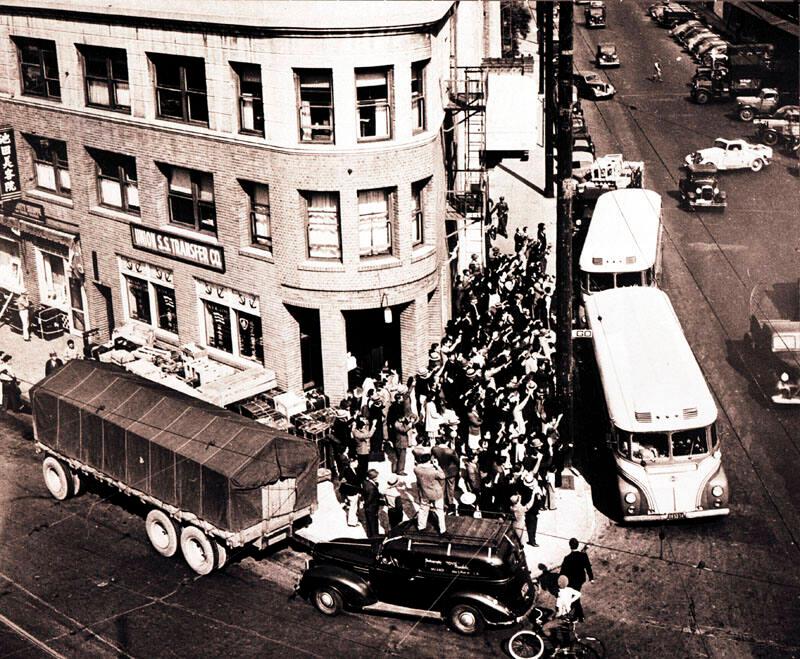
History of the Democracy Center
History of the Democracy Center

Senator Daniel K. Inouye’s vision for the National Center for the Preservation of Democracy (Democracy Center) was to inspire all Americans to engage actively in the shaping of democracy. The Democracy Center is housed in the Historic Building of the Japanese American National Museum, a designated National Historic Landmark. It is the site where Japanese American families assembled in the wake of Executive Order 9066, which paved the way for the forcible removal of over 125,000 people of Japanese ancestry from their homes and their incarceration in US concentration camps for the duration of World War II.
Senator Inouye’s vision for the Democracy Center was to keep alive the legacy of Japanese Americans’ contributions to democracy amid a period of US history characterized by shame, sacrifice, public apology, community healing and restitution. He wanted the Democracy Center to be a dedicated space for learning about the fragility of democracy and for examining the constitutional rights and freedoms of all people in the United States through the Japanese American experience.

The Democracy Center is a testament to the twin truths: the US is a multicultural nation that thrives on its diversity; and that those excluded from the full protections of the Constitution have, in their claims to those rights, extended the Constitution’s promise and thereby preserved the freedoms of all Americans. Senator Inouye believed what would make the Democracy Center unique among all similar organizations is its focus on how Asian American and Pacific Islander, African American, Latinx, Native American, and Indigenous communities help preserve and advance democracy for the benefit of all.
The Democracy Center was founded in 2000. In 2005, JANM received a federal grant to complete the construction of the National Center for the Preservation of Democracy as an addition to JANM’s Historic Building. The project added 9,800 square feet to the existing 23,800 square feet in the renovated historic Nishi Hongwanji Temple building and included the creation of the 198-seat Tateuchi Democracy Forum theater.